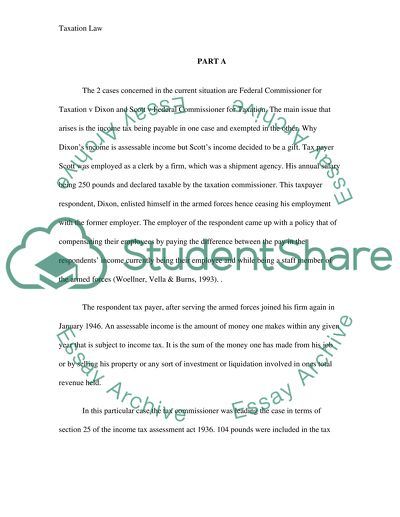Cite this document
(“Taxation law Essay Example | Topics and Well Written Essays - 2000 words”, n.d.)
Retrieved from https://studentshare.org/law/1486052-taxation-law
Retrieved from https://studentshare.org/law/1486052-taxation-law
(Taxation Law Essay Example | Topics and Well Written Essays - 2000 Words)
https://studentshare.org/law/1486052-taxation-law.
https://studentshare.org/law/1486052-taxation-law.
“Taxation Law Essay Example | Topics and Well Written Essays - 2000 Words”, n.d. https://studentshare.org/law/1486052-taxation-law.


